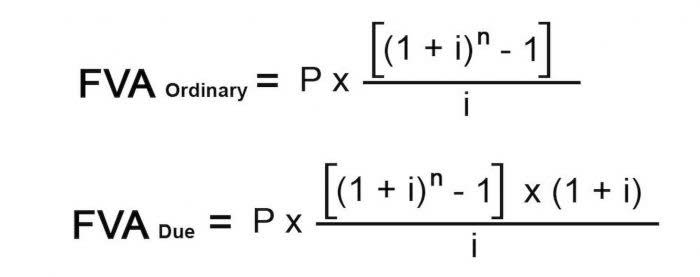
The Qualified Business Income Deduction 2025 is scheduled to sunset on December 31, 2025, unless extended by Congress. This potential expiration could significantly increase the tax burden for millions of small business owners who currently benefit from the deduction. Understanding the implications of the expiration—and planning accordingly—is essential. Different business types come with different compliance rules, income limitations, and planning strategies. Before the QBI deduction sunsets in 2025, align your business structure and income flow to ensure you’re capturing the full 20% deduction where possible.
Items Excluded from QBI

Once all pre-2018 losses have been used, losses will be allocated based on the QBI Fixed Percentage in column B for each subsequent year in which losses were suspended. Otherwise, complete Schedule D (Form 8995-A) before qualified business income deduction: beginning Schedule A. Losses and deductions retain their status as either qualified or non-qualified from year to year while suspended.
Step 4. Complete Form 8995
For the 2025 tax year, those income limits rise to $394,600 for married filing jointly filers and $197,300 for all other taxpayers. Higher earners may be eligible for a portion of the QBI deduction as well, but there’s another set of rules governing those calculations. If your 2024 taxable income is greater than $483,900 married, filing jointly, or $241,950 with any other filing status, you won’t be able to claim the deduction if your business is an SSTB.
ESOPs offer businesses tax and other benefits
With a more secure, easy-to-use platform and an average Pro experience of 12 years, there’s no beating Taxfyle. Save time with automated accounting—ideal for individuals and small businesses. Understanding these rules is vital in order to make sure eligible employees are given access to these benefits while staying compliant with IRS regulations.

Aggregation Rules: When and Why to Combine Businesses
Basically https://dev-abirebaral.pantheonsite.io/what-is-a-cpa-2/ anyone who is paid or hired due to their name, image and likeness. Accelerating income may reduce tax bills today but hurt cash flow if not planned carefully. Also, if pulling in income pushes you over the QBI limits—especially for SSTBs—you could lose the deduction entirely. The QBI deduction is calculated on the individual partner’s return based on their share of qualified income.
Tax & Online Software Products
- Once you elect to aggregate, you must continue to aggregate those businesses in future years unless the IRS approves a change.
- These include maintaining separate books and records for each rental enterprise and performing at least 250 hours of rental services annually.
- To qualify, your business must be a pass-through entity and your taxable income must fall below the IRS phase-out thresholds.
- If you don’t have an EIN, enter your social security number (SSN) or individual taxpayer identification number (ITIN).
- QBI can also include up to 20% of eligible income from publicly traded partnerships and up to 20% of eligible dividends from real estate investment trusts.
These are individual results, which will vary depending on the situation. No testimonial should be considered a promise, guarantee, or prediction of the outcome of your case. Explore how to REDUCE, RESOLVE, or even ELIMINATE your back taxes through the IRS Fresh Start Program. Learn the basics of FICA taxes so you know who needs to pay them and how much they are. Compare these calculations to 20 percent of your QBI and deduct the smaller amount.
What Is the QBI Deduction?

You’ll want to make sure you include all relevant deductions, such as labor costs and cost of goods sold. To get total taxable income without taking advantage of the QBI deduction, subtract QBI from net income, then determine taxable income using normal methods. Your personal tax return determines whether you’re eligible for the QBI deduction, as well as how much of it you can claim. An S Corporation is a type of business entity that offers limited liability protection to its owners, as well as certain tax benefits. The deduction remains at 20% and is now a permanent part of the tax code. Plus, starting in 2026, there’s a new $400 minimum QBI deduction if your business income is at least $1,000.
Additionally, capital gains or losses, foreign currency gains, notional principal contracts, and commodities transactions are excluded. Even reasonable Retail Accounting compensation paid by an S corporation or dividends from certain sources fall outside QBI. These disallowed streams narrow the deduction’s reach to ensure it applies strictly to income generated by eligible pass-through trade or business activities. SSTBs are businesses that perform services focused on the areas of healthcare, law, consulting, investment management and athletics to name a few.

To determine whether your business meets this qualification, refer to the Instructions for Form 8995 or Form 8995-A. The qualified business income deduction is a complex tax break that has the potential to save you a lot of money, but it comes with a lot of rules and restrictions. The QBI deduction can help you reduce your tax bill as a small business owner, but it comes with some fine print. Knowing how your business type, income level, and expenses affect your eligibility can make a big difference when it’s time to file your income tax return.
